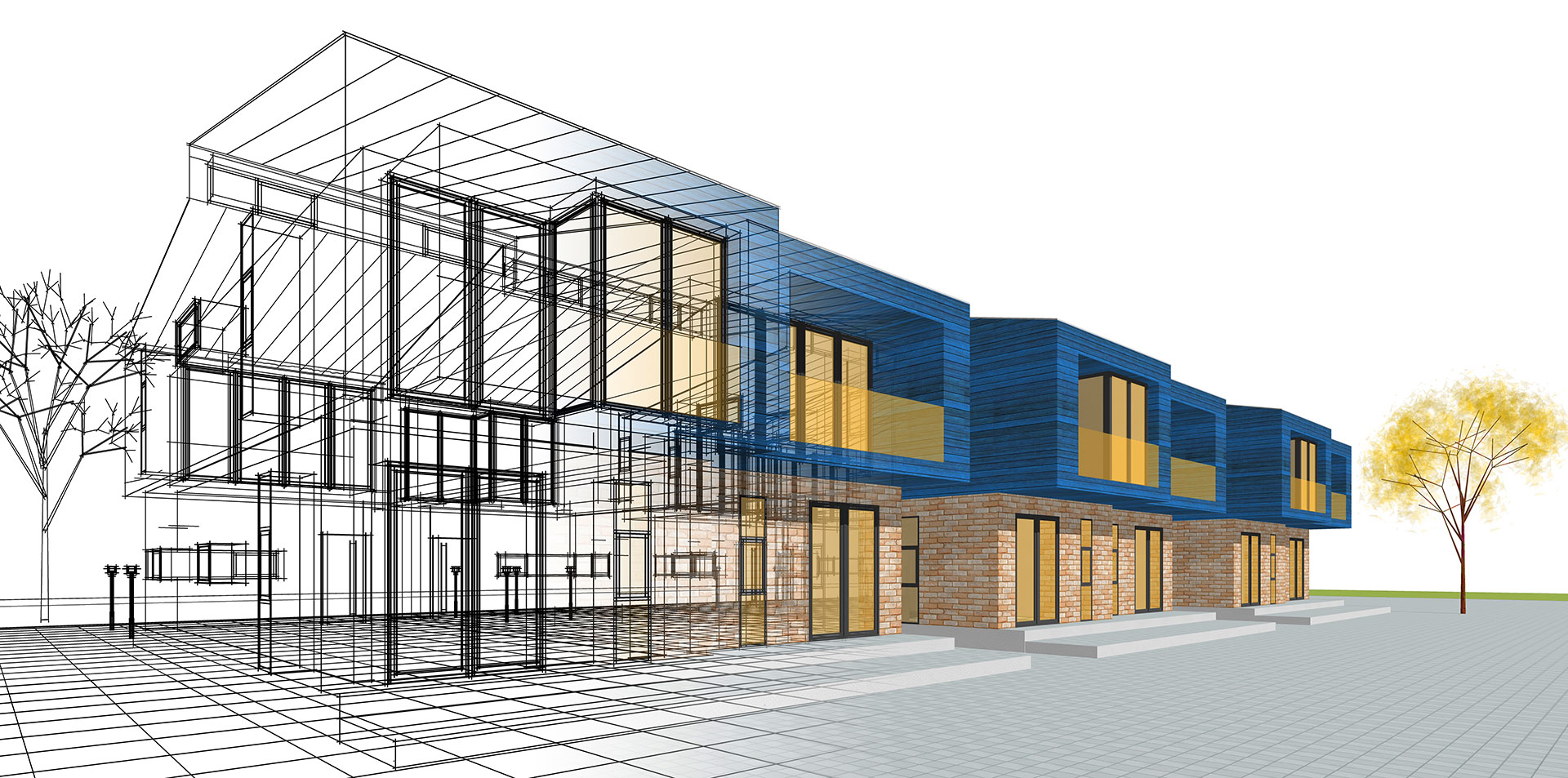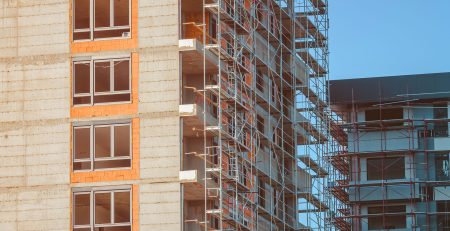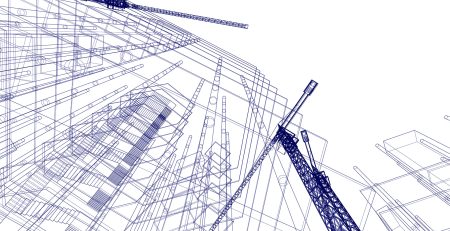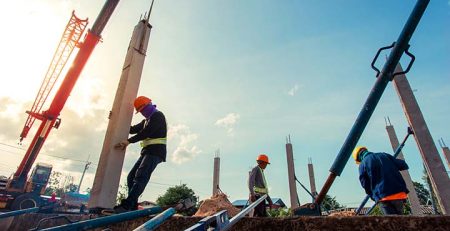How Facade Engineering Is Changing with New Ideas
Facade engineering is no longer confined to aesthetics. Today, it’s a critical discipline shaping how buildings perform, how they interact with the environment, and how they adapt to new technologies and evolving standards.With innovation accelerating across the construction industry, facade systems are being reimagined, not just to look better, but to do better.
More Than Just a Pretty Exterior
The facade of a building is now expected to serve multiple purposes beyond visual appeal. It manages heat, controls light, improves insulation, and influences the energy efficiency of the entire structure.
The result? A smarter, more sustainable envelope that enhances both comfort and performance.
Materials Are Evolving, Fast
Engineers are pushing the limits with advanced materials. Innovations in glazing, lightweight composites, high-performance insulators, and recyclable cladding have made it possible to construct facades that are lighter, greener, and more resilient.
Current material breakthroughs include:
- Glass that adjusts to light conditions
- Insulated metal panels with built-in thermal breaks
- Cladding systems designed for easy end-of-life recycling
Each choice isn’t just about function, it’s about lifecycle and environmental impact.
Modular and Prefabricated Solutions
As construction speeds up, prefab facade systems are becoming the go-to for many commercial projects. Engineered off-site with tight precision, these panels reduce jobsite waste, shorten timelines, and improve installation quality.
This shift toward modular thinking is transforming facade engineering into a more predictable and efficient process, without sacrificing design flexibility.
Sustainability Is Driving the Agenda
Climate goals and regulatory changes are pushing the industry to think differently. Engineers are now expected to consider a facade’s full lifecycle, from material sourcing to long-term performance under real-world conditions.
What does that mean in practice?
- Enhanced building envelope modeling and analysis
- Greater use of passive design strategies
- Integration with renewable energy systems
Conclusion
The facade has become a central player in the performance of the modern building. Through innovation, collaboration, and forward-thinking design, facade engineering is meeting the moment, and leading the way toward smarter, more sustainable construction.











